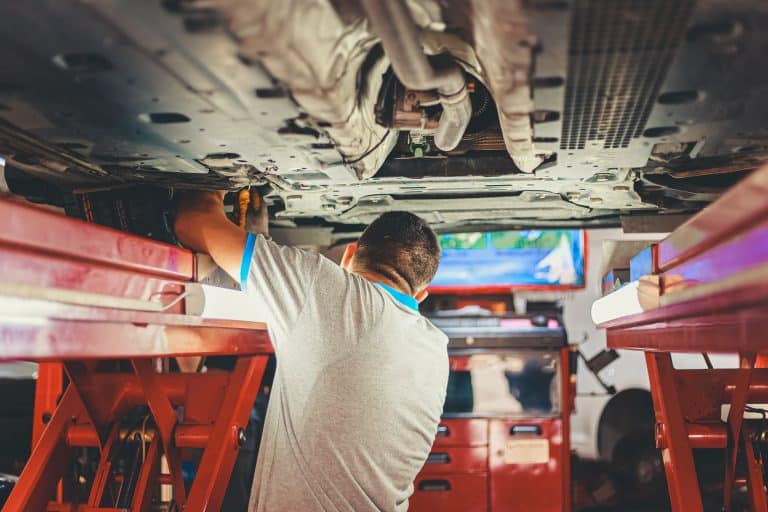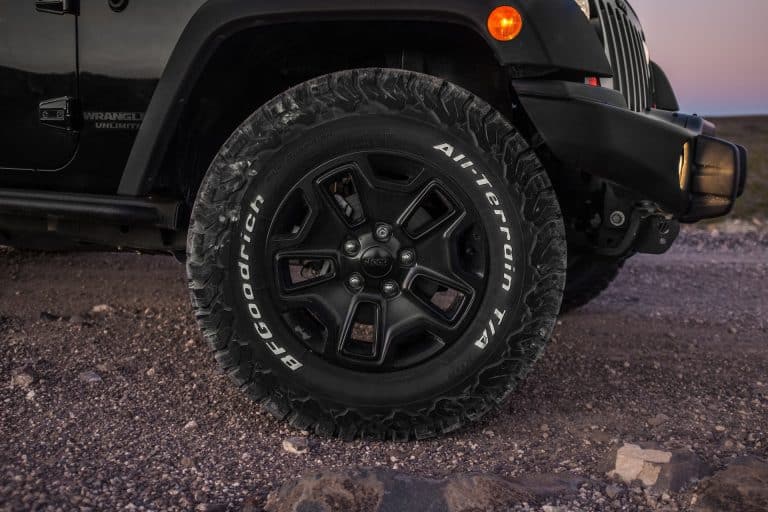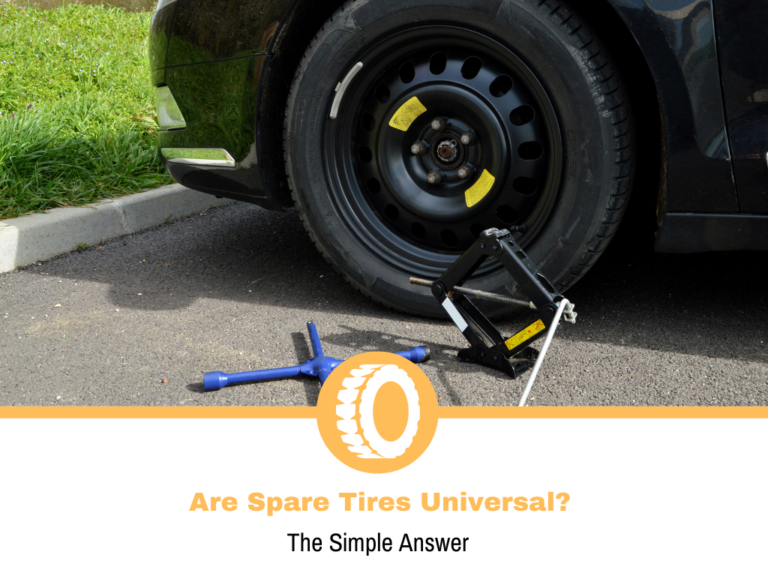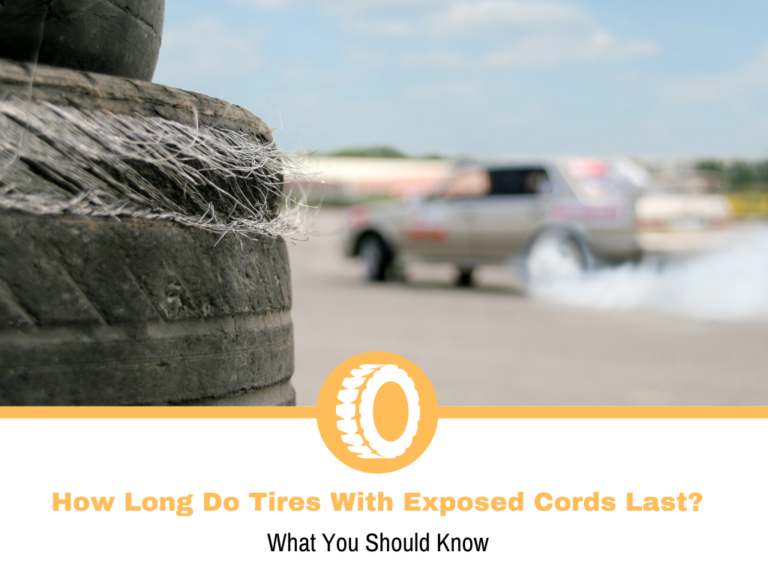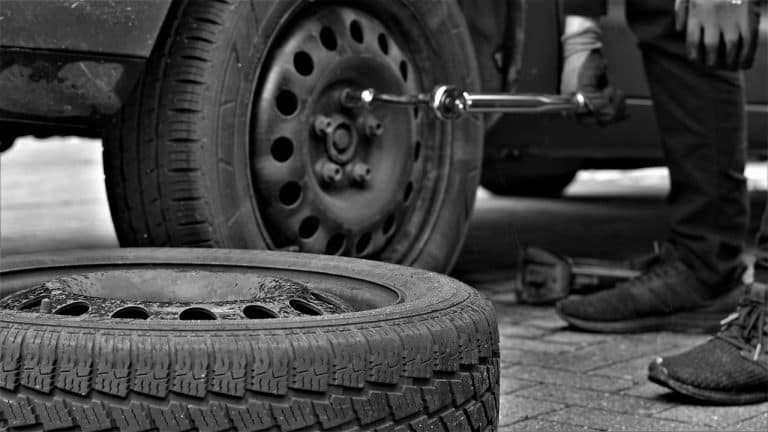How Much Does It Cost to Install Rims?
As a website all about tires, rims are pretty important to us. Not only will a nice new set of rims make your vehicle look awesome or beautiful, but they also affect how your vehicle handles and feels on the road. Or maybe you got some new tires you want to slap on your rims, how much would all this cost?
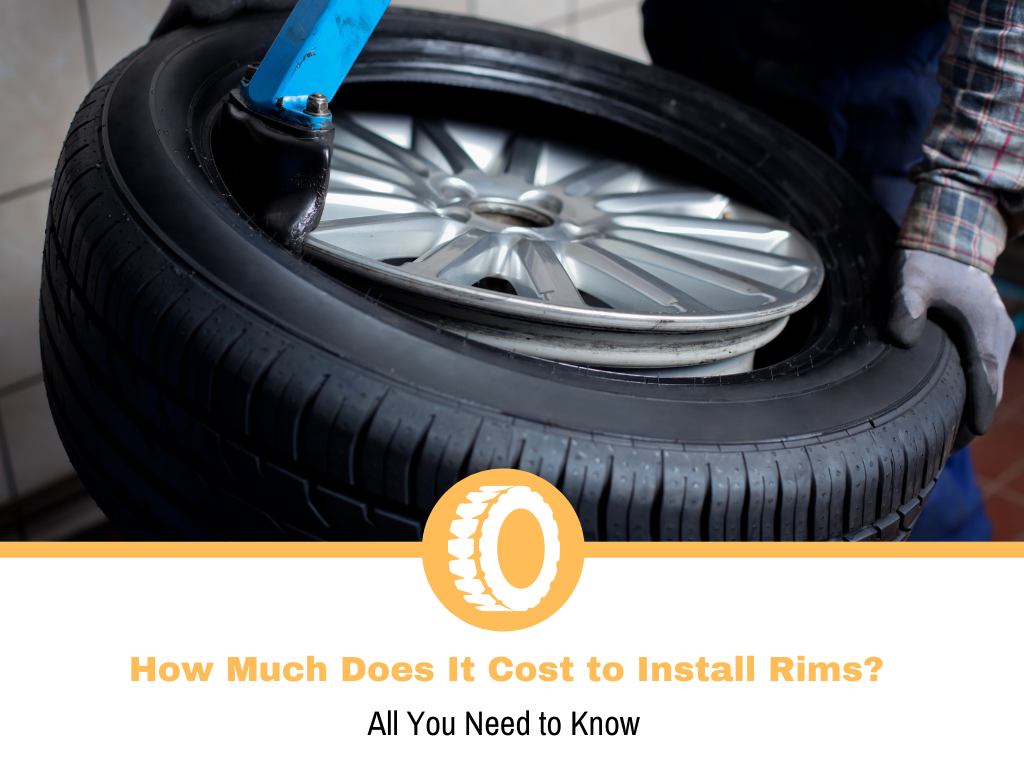
Typically, a rim installation will cost you around $10 – $20 per wheel which means it will cost you between $40 and $80 in total. If you are getting a brand-new set of rims, however, you could be spending as much as $150 on the cheap and over $1,000 if you want something custom.
What Should I Look for When I Get New Rims Installed?
First of all, you have to make sure you are picking the correct rims for your ride. A lot of people want to go with bigger rims because they look good, but this can cause issues. You are going to want to pick a rim with the same dimensions, but what are these dimensions?
Diameter
If you do not want to make any additional modifications to your vehicle you should stick with the same overall diameter. If you use a different overall diameter you will need to change your aspect ratio or else you run the risk of damaging your transmission.
If you are getting new tires with your new rims, as is mostly the case, you could get lower-profile tires so that the overall diameter is maintained. Low-profile tires come with their own problems though, namely a higher level of vibration due to uneven road surfaces.
Low-profile tires are also going to cost more, in both upfront costs and maintenance. The best thing to do is to just keep the same, recommended wheel diameter.
Width
It is important to remember that with all these dimensions have been calculated by the vehicle manufacturers to provide you with the best performance your vehicle can deliver. Some people want wider wheels for looks, but there are some serious issues with wider tires.
Firstly, the weight of your vehicle is distributed over a larger area. This sounds good, but in fact, it increases the risk of hydroplaning because there is less pressure per square inch between the tire and the road.
Secondly, because the wheel comes out further from the wheel bearing, the angle is changed. The change in angle will do damage to the wheel bearing over time, which will not only cost you more but can also cause a dangerous situation.
Offset
Offset is the term used to describe the location of the mounting surface in relation to the centerline of the wheel. Offset is important because it will also mess with your bearings and if you have an overly negative offset the wheel could start touching the chassis or other parts of the vehicle, especially the steering wheels.
Backspacing
Backspacing and offset are similar to one another, however; backspacing takes wheel width into account as well. It is measured from the inside lip of the wheel to the mounting surface. Backspacing is important to keep the correct amount of clearance between the inside sidewall and the rest of the vehicle, similar to negative offset.
Bolt Pattern
The bolt pattern is more than just counting the number of bolts for your wheel. You also need to know what the spacing is. Bolt pattern is determined by two numbers, “5-on-5” for example. The first number is the number of bolts or lugs, the second number is the diameter in inches of the bolt circle.
The bolt circle is the circle you can make by connecting the bolts. Alternatively, you could measure from the center of one bolt to the center of the wheel hub to find the radius. Then just multiply the radius by two to find the diameter.
Load Rating
The load rating is straightforward, it is the amount of weight the wheel can carry. The more bolts there are and the bigger the bolt circle is, the more load a wheel can take.
This is why some larger offroad vehicles will have many bolts in a large circle compared to a small city compact. Furthermore, the type of material the rim is made of will also impact the load rating.
Center Bore
Center bore is a critical element when you are using hub-centric wheels, and for fitting over full-floating axles, and locking hubs.
Bead Seat
Bead seat is likely only going to matter to you if you like off-roading with extremely low tire pressures. The bead seat keeps the tire on the wheel, the higher and wider the bead seat, the lower you can go, pressure-wise.
Some serious off-roaders use beadlocking wheels. This adds a mechanical clamping bead that holds the tire on the rim. Allowing the tire to stay on the wheel even if the pressure reaches zero. If off-roading interests you, Goodyear offers some of the best off-road tires.
What Are the Cost Factors When Looking for New Rims?
As long as you stick to the recommended dimensions for your vehicle the main cost factors are going to be brand and material. Additionally, you probably want to get some new tires with your new rims, in which case, tires will also affect the overall cost. As far as tires and costs go, remember you get what you pay for, so try to avoid the super cheap tires.
As I mentioned, depending on the type of material the rims are made of will determine the cost of the rim. The cheapest set of rims can go for as little as $90 up to and above $1,000. Below is a list of cheaper rims of different materials.
- Basic steel rims – $90-$100
- Aluminum alloy rims – $110-$130
- Painted finish rims (black/white) – $100-$280
- Bronze coated rims – $100-$300
- Chrome-plated rims – $150-$290
- Graphite coated rims – $124-$470
America’s Tire often has good rims at affordable prices, just make sure all your dimensions are accurate.
Conclusion
Simply fitting your tires to rims is quite cheap; $10-$20, I got mine fitted for 13 bucks. Where cost becomes a real factor is if you buy a new set of rim or tires. Furthermore, it is important that you fit the right size equipment on your vehicle.

